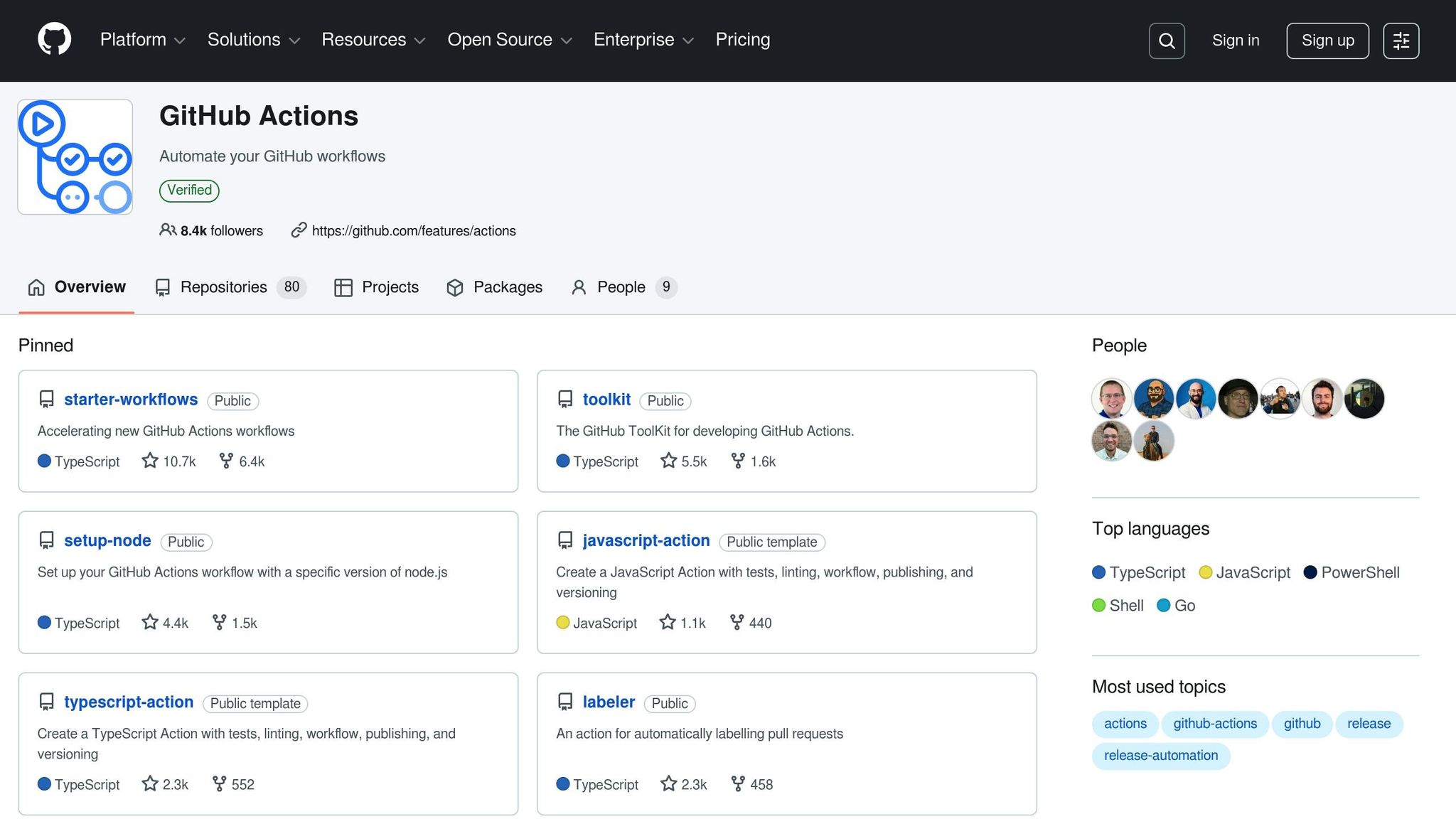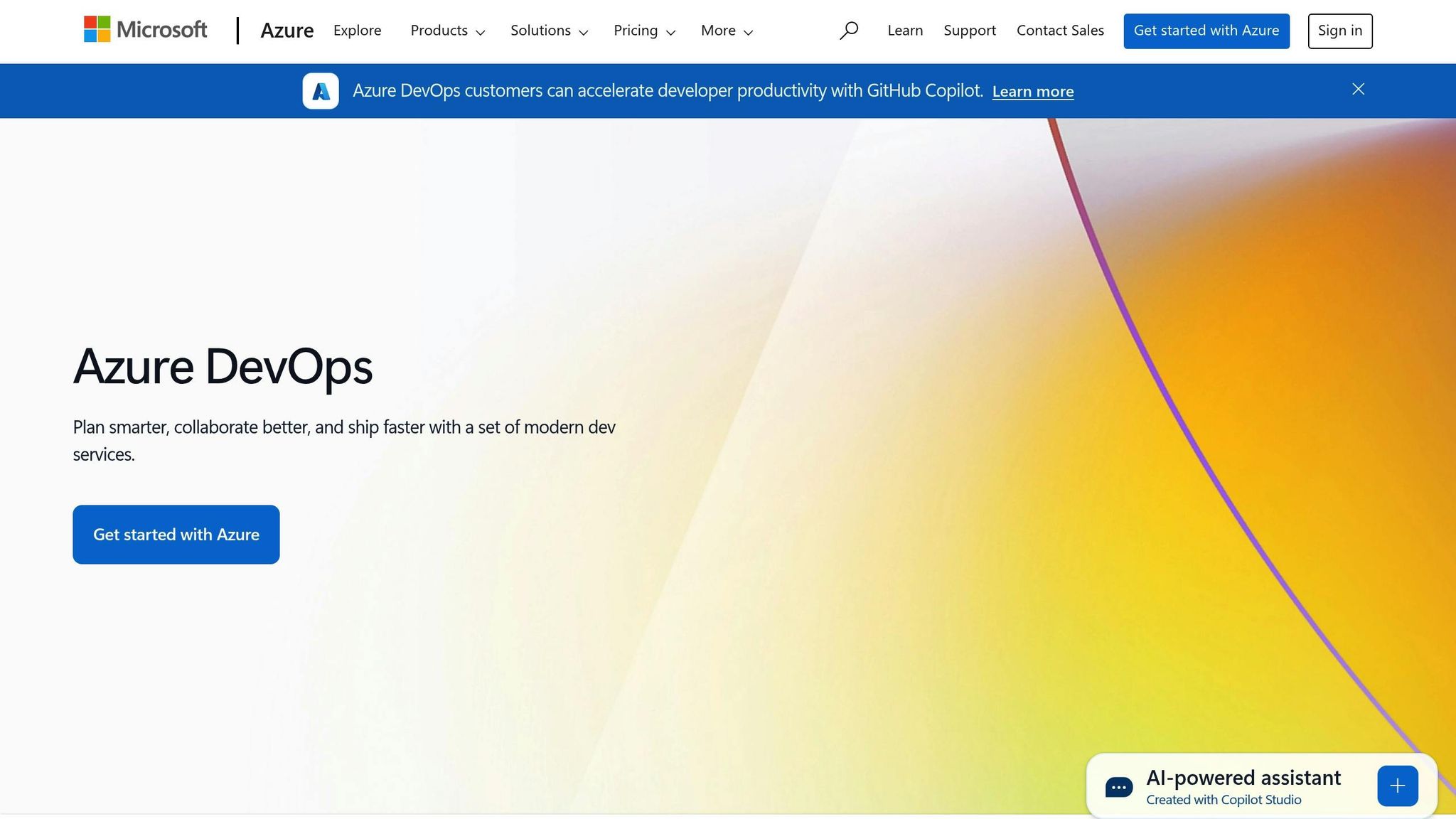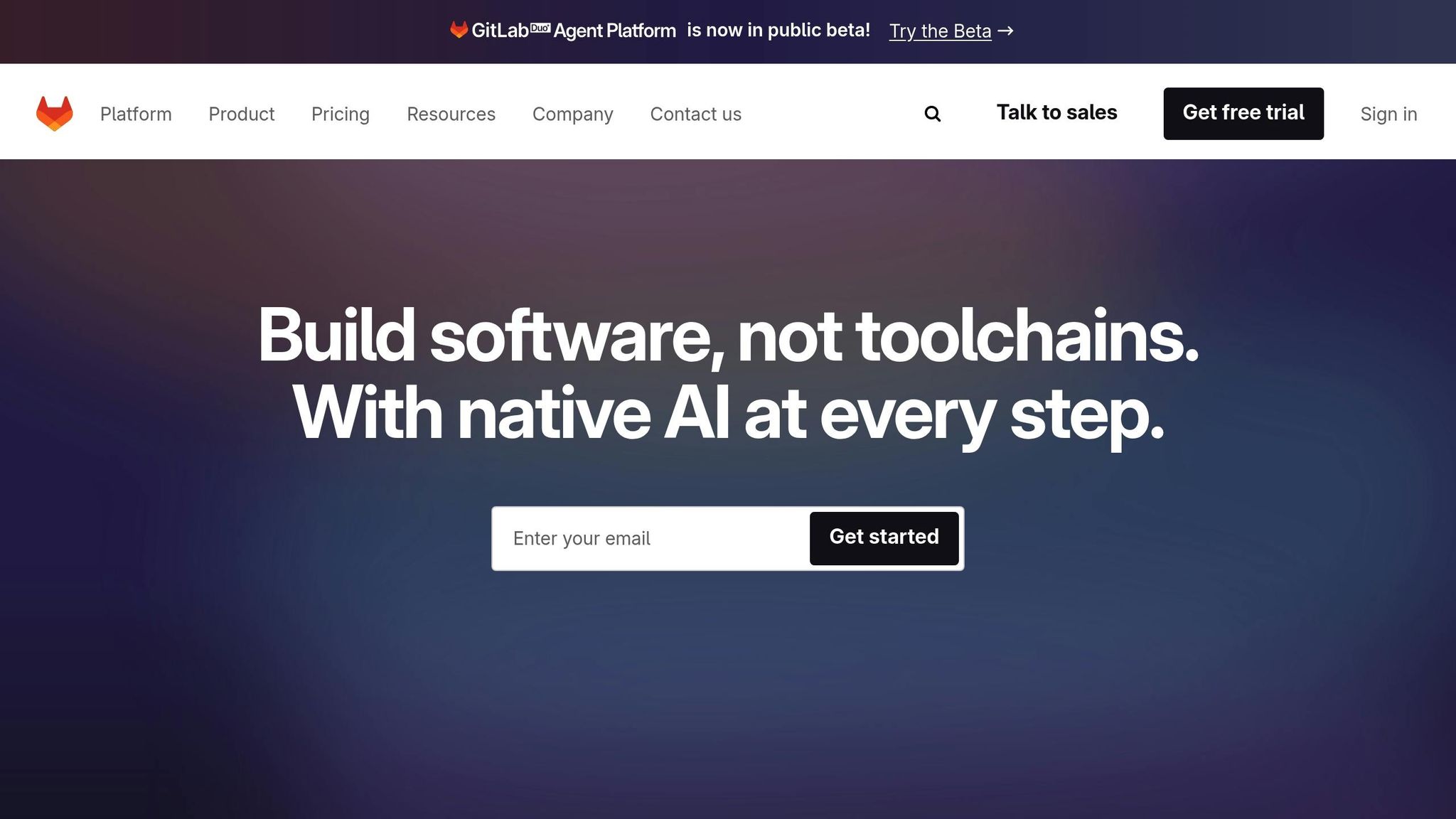In an era where operational efficiency and scalability are paramount, the concept of Continuous Integration and Continuous Delivery (CI/CD) is revolutionising how businesses, especially in technology-driven industries like e-commerce, SaaS, and IT services, deploy and manage software. For UK-based organisations seeking to reduce costs, optimise infrastructure, and maximise innovation, understanding CI/CD pipelines is no longer optional - it's a necessity.
This comprehensive guide provides a transformative look at how to build a CI/CD pipeline, breaking down its components, benefits, and implementation strategies. Whether you're a CTO aiming to streamline your tech stack, an IT manager seeking faster deployments, or an investor navigating due diligence, this article equips you with actionable insights.
What Is CI/CD and Why Does It Matter?
At its core, CI/CD stands for Continuous Integration (CI) and Continuous Delivery (CD). It describes a set of practices that ensure software changes are automated, tested, and deployed efficiently across environments.
- Continuous Integration (CI) focuses on automatically building and testing code every time a developer makes a change. This ensures that new changes integrate seamlessly into the existing codebase without causing disruptions.
- Continuous Delivery (CD) centres on automating the deployment of code into environments, ensuring that new features or updates can be released quickly and reliably.
Together, CI/CD forms the backbone of modern DevOps practices, enabling faster innovation and improving software reliability.
The Business Case for CI/CD
For technology-driven UK enterprises facing rising costs and inefficiencies, CI/CD offers tangible solutions:
- Reduced Time-to-Market: Automating testing and deployment speeds up the release cycle.
- Cost Savings: Eliminating manual processes reduces operational overhead.
- Scalability: CI/CD pipelines can adapt to complex infrastructures, ensuring seamless growth.
- Increased Reliability: Automated testing mitigates the risk of bugs or costly downtime.
- Enhanced Collaboration: Developers can work more cohesively, focusing on innovation rather than repetitive tasks.
Now let’s dive into the technical components that make up a CI/CD pipeline.
Breaking Down the Core Components of a CI/CD Pipeline
Building a robust CI/CD pipeline requires understanding its key elements. These components work together to form a seamless workflow from code to cloud.
1. Source Control Repository
A source control system like GitHub, Azure DevOps, or GitLab is essential for storing and managing your code. This repository tracks changes, enabling collaboration across teams and ensuring version control.
2. Build System
The build system is responsible for compiling the code and creating a deployable artefact. Each time a developer checks in changes, the pipeline automatically begins the build process, ensuring that the code is functional for the next steps.
3. Automated Testing
Testing each version of the code is crucial to catching bugs early. This includes:
- Unit Tests: Testing individual components of the code.
- Integration Tests: Ensuring that different parts of the system work together.
- Code Coverage Reports: Analysing how much of your codebase is being tested.
4. Deployment System
The final phase involves deploying the tested code to a specified environment, such as production, staging, or QA. This ensures that software updates can be released quickly without manual intervention.
Building Your CI/CD Pipeline: A Step-by-Step Guide
To illustrate the process of creating a CI/CD pipeline, let’s walk through an example scenario:
Imagine you’ve joined as a DevOps engineer at the fictional Wired Brain Coffee Company.
Your predecessors lacked modern CI/CD practices, leaving you with a legacy system where testing and deployment occurred manually. Here's how you can transform this system:
Step 1: Setting Up a Source Control Repository
Start by creating a GitHub repository:
- Import the existing codebase into GitHub.
- Configure the repository to track changes and enable collaboration among team members.
Step 2: Configuring the Build Stage
Using GitHub Actions as your automation platform, create a YAML configuration file for your pipeline. This file specifies:
- Triggers: Define when the pipeline runs (e.g. after code is pushed to the main branch).
- Build Commands: Compile the code using tools like
.NET CLI. Ensure dependencies are installed and the code compiles successfully.
Step 3: Implementing Automated Testing
Add a unit testing project to your codebase and configure the pipeline to:
- Run automated tests after the build step.
- Publish test results, including code coverage reports, for review.
By enforcing automated testing, you’ll avoid deploying broken or untested code - a critical factor for maintaining reliability.
Step 4: Deploying to the Cloud
In the deployment stage, configure the pipeline to securely push the build artefact to a cloud provider such as Microsoft Azure. Ensure:
- Authentication: Use encrypted secrets to securely log in to your cloud provider.
- Artefact Retention: Archive build outputs for future rollbacks or troubleshooting.
- Multi-Environment Support: Define different deployment processes for staging, QA, and production environments.
Comparing Popular CI/CD Platforms
While GitHub Actions was used in this example, there are multiple CI/CD platforms to consider:
1. GitHub Actions

- Easy to integrate with GitHub repositories.
- Strong marketplace for reusable actions.
- Streamlined workflows for small to medium-sized teams.
2. Azure DevOps

- Enterprise-oriented with advanced features like project boards and test plans.
- Supports both cloud-hosted and self-hosted pipelines.
- Ideal for organisations already leveraging Microsoft products.
3. GitLab

- Offers self-hosted and managed CI/CD solutions.
- Allows custom Docker images for specific jobs, improving flexibility.
- Built-in code quality and security scanning.
Each platform has its strengths, and the right choice will depend on your team’s size, goals, and existing infrastructure.
Key Takeaways
- CI/CD Fundamentals: Continuous Integration ensures code is regularly tested and built, while Continuous Delivery automates deployments.
- Core Components: Every CI/CD pipeline requires source control (e.g. GitHub), build systems, testing frameworks, and deployment platforms.
- Efficiency: Automating your software delivery process reduces costs, improves scalability, and shortens time-to-market.
- Platform Options: GitHub Actions, Azure DevOps, and GitLab are leading CI/CD platforms, each suited to different organisational needs.
- Automation Is Key: Implement automated testing, cloud deployments, and artefact retention to maintain reliability and agility.
- Customisation: Tailor your pipeline to your business goals, whether it's supporting AI workflows, scaling SaaS platforms, or improving e-commerce operations.
Conclusion
For UK businesses navigating the complexities of operational efficiency, adopting a CI/CD pipeline is a transformative step. By automating build, test, and deployment processes, companies can reduce costs, enhance collaboration, and deliver software faster than ever.
Whether you're modernising legacy systems or starting fresh, this guide provides the roadmap you need to build and manage a successful CI/CD pipeline. Remember, the tools you choose - be it GitHub, Azure DevOps, or GitLab - should align with your team's goals and technical expertise.
Focus on building a pipeline that not only streamlines your workflow but also fosters innovation, scalability, and resilience in today’s competitive digital landscape.
Source: 🚀 CI/CD PIPELINE MASTERCLASS: From Code to Cloud in Minutes ( Hands-On Guide!)
- CyberLearn HQ, YouTube, Jan 1, 1970 - https://www.youtube.com/watch?v=JVyVXOMlCxE
Use: Embedded for reference. Brief quotes used for commentary/review.
